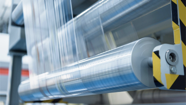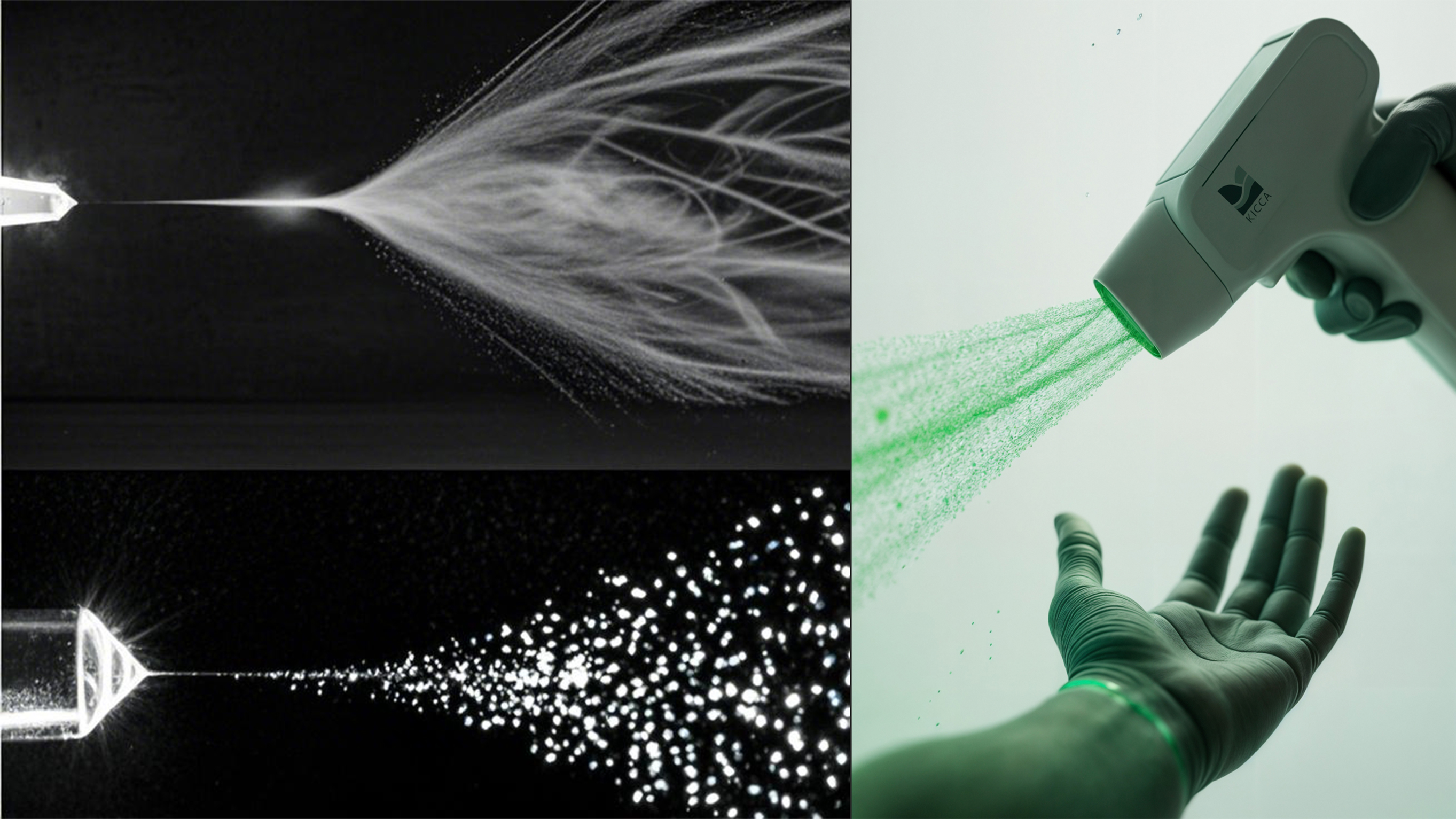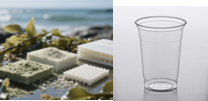

Soil’s Remedy
Gel particles made from ALTOMIC™ Particle can naturally degrade in soil, achieving a "slow-release" effect.
- Fertilizer Efficiency: Enables precise fertilizer delivery, reduces nutrient runoff, and minimizes pollution from excess nitrogen/phosphorus in large-scale farming.
- Soil Improvement: Gradually modifies soil properties, transforming non-arable land into fertile ground through slow-release action.
- Water Retention: The gel’s hydrophilic properties prevent water loss, protecting farmland ecosystems.
ALTOMIC™ Film replaces traditional non-degradable plastic mulch and agricultural packaging films, offering complete biodegradability.














